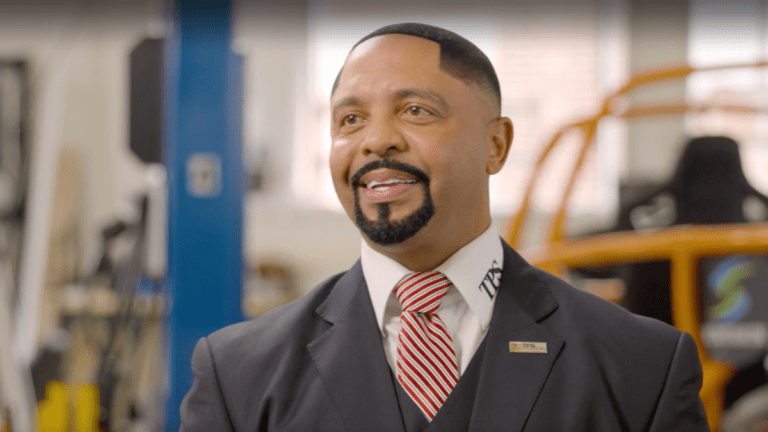Discovery Education Blog
Explore expert insights, innovative strategies, and the latest educational news to support future-ready learning and student achievement on the Discovery Education blog.
Featured Article
Back-to-school season is a chance to reset, refocus, and reinvest in what works best for students. And this year, there’s a powerful new enhancement to DreamBox Reading aimed at helping every student become a confident, capable reader. This back-to-school year, DreamBox Reading, a personalized literacy program that dynamically adapts to every student’s needs within and between lessons, is expanding...
No posts found
Find Articles
Keep scrolling to uncover ideas, inspiration, and insights in our featured categories.
Latest Articles by Category
Discovery Education News
The inside scoop on product updates and more

Back-to-school season is a chance to reset, refocus, and reinvest in what works best for students. And...

The Discovery Education Awards honor districts, schools, and educators who make a notable impact on student...
No posts found
Educational Leadership
Inspiration and strategies to elevate your leadership

Data-driven instruction has become a key element in today’s teaching strategies, empowering educators...

The disconnect between today’s classrooms and the demands of the modern workforce has become impossible...
No posts found
Teaching & Learning
Resources and ideas to support meaningful learning

May is here and the end of school is just around the corner. While your students may have one foot out...

Storytelling has long been a cornerstone of effective teaching. From ancient oral traditions to modern...
No posts found
Future-Ready Students
Preparing students to succeed in a dynamic world

Summer is almost here, and while the school doors may be closed, the opportunity for learning remains...

A student’s journey from kindergarten through graduation starts with small, but consistent steps. As...
No posts found
Sign in today to put what you’ve read into practice!
Not a current DE user?






